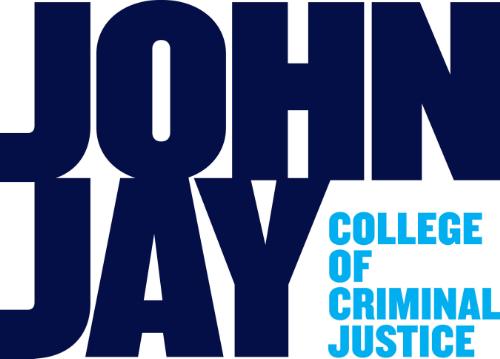
Publications and Research
Document Type
Book Chapter or Section
Publication Date
2013
Abstract
The history of Indian popular music constitutes in itself a significant development in modern culture, as this set of genres—especially but not only in their Bollywood forms—have been cherished by hundreds of millions of listeners not only in South Asia but internationally as well. At the same time, the trajectory of Indian popular music represents a dramatic case study of media culture as well, as its patterns of ownership, consumption, and even musical structures themselves have been conditioned by technological changes. Most striking is the way that a highly monopolized, streamlined, and homogeneous popular music culture dominated for several decades by Bollywood gave way in the 1980s and 1990s to a dramatically decentralized and heterogeneous commercial music culture due to the impact of new technologies—initially, cassettes. As India entered the digital era in the new millennium, other media, from VCDs to YouTube, have intensified the general process of democratization, while adding their own distinctive dimensions. This chapter (drawing extensively on an earlier publication1) surveys the trajectory of Indian popular music culture through the cassette era and makes brief observations about more recent developments in the digital age.


Comments
This work was originally published in "No Limits Media Studies From India," edited by Ravi Sundaram.